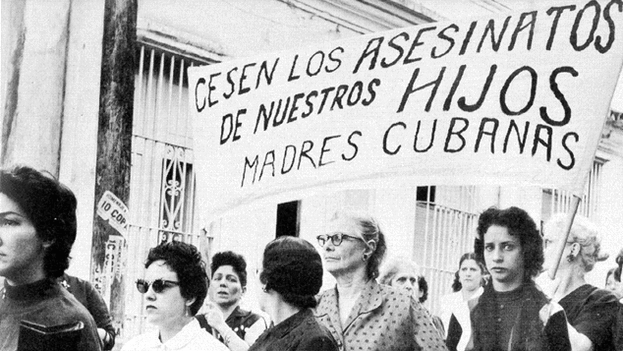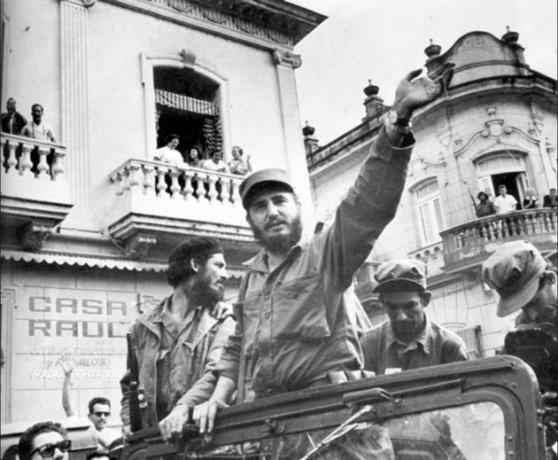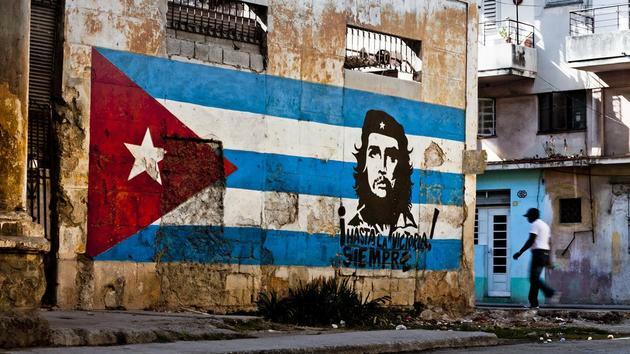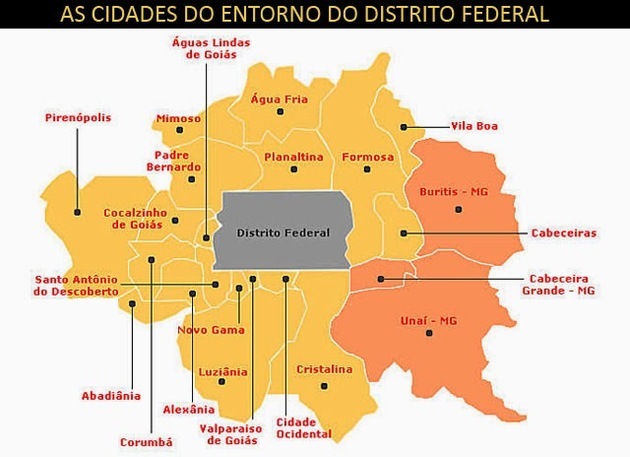THE Cuban revolution, which took place in 1959, was a guerrilla movement that overthrew the dictatorial government of Fulgêncio Batista.
The Revolution introduced the socialist regime in Cuba and linked the Caribbean island politically and economically to the Soviet Union.
Historical context
The independence of Cuba was obtained through a war between the United States and Spain. In 1898, with the Spanish defeat, the United States began to exert considerable influence on the island.
To consolidate it, the US Senate approves Senator Oliver Platt's bill and obliges Cubans to incorporate the "Platt Amendment" into their Constitution. This gave Americans the right to intervene in the country in the event of political instability.
Thus, there was the beginning of the North American political-economic and military tutelage over Cuba. This included, in 1903, the concession of a territory of 117 km2 in Guantanamo, in the south of the island. Later, a naval base and a prison would be built in the region.
In the 1950s, the Cuban economy was based almost exclusively on sugar production and 35% of the production was controlled by US capital.
These also exerted influence over land, tourism, casinos and light industries. About 80% of Cuba's imports came from the United States.
Causes

In 1952, President Fulgêncio Batista (1901-1973), a former sergeant who had previously ruled the island, assumed power through a coup d'état. Backed by the Americans, Batista installed a corrupt and violent regime.
In July 1953, under the leadership of lawyer Fidel Castro, the democratic sectors united against the influence of the United States and the government of Fulgencio Batista.
In order to defeat them, they launched a suicide attack against the Moncada barracks in Santiago de Cuba.
Revolutionary action defeated, Fidel Castro he went to prison, which he would leave two years later, and went into exile in Mexico.
Seizure of Power in Havana

From Mexico, Fidel Castro organized a group of guerrillas, with the support of revolutionaries such as Ernesto “Che” Guevara, Camilo Cienfuegos and his brother Raul and many volunteers.
In 1956, they landed in Cuba aboard the yacht granma. After the first combat, with government troops, the survivors went deep into the jungles of Sierra Mestra. There the group grew rapidly, with the support of the peasants.
Fidel Castro's ideas, until then, were those of a liberal-educated nationalist democrat. Only later would I embrace the Marxism.
In 1958, realizing that Fulgencio Batista's dictatorship was about to collapse, the United States suspended its military support for the Cuban government. They preferred to manipulate the leadership of the growing revolution.
On January 1, 1959, after successive military victories and the occupation of several cities and towns, Guevara and Camilo Cienfuegos (1932-1959) entered Havana.
Fulgencio Batista flees by plane to the Dominican Republic. Fidel arrives in the capital on January 8, being received with a large popular demonstration.
Invasion of the Bay of Pigs
In a speech given on April 16, 1961, Fidel Castro announced to the world that Cuba had become a socialist country.
The next day, the island is invaded from the south, more precisely in the Bay of Pigs, by Cuban exiles who had been trained by the CIA.
The action had the full support of the newly inaugurated US president John F. Kennedy (1917-1963), but had no direct support from the US Army.
Defeated by the Cubans, most of the invaders surrendered and would be arrested and executed. However, Castro closed an agreement with American companies and in exchange for investments, part of them was able to return to the United States.
Consequences

One of the first measures of the revolutionary government was to expropriate the assets of American and Cuban citizens who left the island because of the Revolution.
In this way, the United States responds with the economic embargo in 1960, prohibiting its country's trade with Cuba.
In addition, certain measures were taken throughout the 60's like:
- In 1961, the United States breaks diplomatic relations with Cuba;
- In 1962, in the middle of the Cold War, Cuba was expelled from the Organization of American States (OAS), under the accusation of spreading subversion across the continent;
- In 1965, Fidel Castro founds the Cuban Communist Party (PCC);
- Isolated, Cuba starts to receive financial aid from the USSR.
The Cuban Revolution, and its turn to socialism, set the world on fire in the 1960s. With the success of the revolution, the Latin American left began to believe that it would be possible to reach power.
For the United States, the island would be a source of problems and the most serious would be the Missile Crisis in 1962. In order to prevent the revolutionary example from spreading, the United States will support a series of military coups on the continent to preserve its influence in Latin America.
For his part, Che Guevara reorganizes the island's economic system and will later ask Fidel Castro to let him continue to spread revolutionary ideals around the world. Thus, Che Guevara heads to Bolivia where he is assassinated in 1967.
Later, Cuba would help African countries such as Angola, Cape Verde, Guinea, Guinea-Bissau, Ethiopia, Congo, Algeria and Benin to make their metropolises independent.
read more:
- Missile Crisis
- End of Portuguese Empire in Africa
- Vietnam WarETA: all about the Basque separatist group

